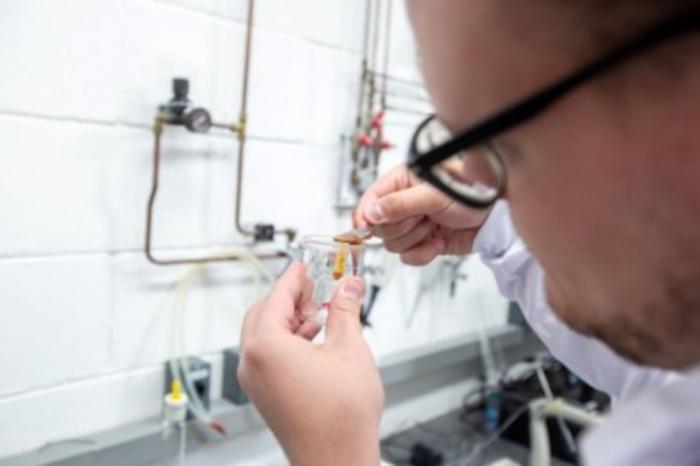Are Citrus Rind and Crustacean Shells the Future of Food Packaging?
Brazilian scientists have developed a packaging film with poly(limonene), demonstrating double the antioxidant activity of traditional limonene, opening up new possibilities for eco-friendly packaging
Jul 20, 2023
Vimaliss (Canva)
In a world increasingly mindful of environmental impact, the food industry is grappling with the plastic waste crisis, largely driven by petroleum-derived packaging materials that overburden our landfills and oceans due to their low degradability and recycling rates. Responding to the rising demand for eco-friendly and health-conscious products, researchers are now pioneering sustainable packaging that not only safeguards nutritional quality but also retains essential organoleptic attributes like color, taste, smell, and texture.
Pioneering this field, a research group based in São Paulo state, Brazil, including scientists from the Department of Materials Engineering and Bioprocesses at the State University of Campinas’s School of Chemical Engineering (FEQ-UNICAMP) and the Packaging Technology Center at the Institute of Food Technology (ITAL) of the São Paulo State Department of Agriculture and Supply, has developed a promising solution. Their innovation lies in a film crafted from a compound of limonene—sourced from citrus fruit peels—and chitosan, a biopolymer found in crustacean exoskeletons. The compelling findings from their research have been recently published in the journal Food Packaging and Shelf Life.
"We focused on limonene because Brazil is one of the world’s largest producers of oranges [if not the largest], and São Paulo is the leading orange-producing state," explained Roniérik Pioli Vieira, the article's last author and a professor at FEQ-UNICAMP.
While limonene has previously been utilized in food packaging films owing to its antioxidant and antimicrobial properties, its volatile and unstable nature during the manufacturing process has been a major hurdle. Bioactive additives, such as limonene, are known to degrade easily under high temperatures and shear rates encountered during packaging production.

The Brazilian team addressed this issue with an ingenious solution: the derivative of limonene, poly(limonene), which is neither volatile nor unstable. Coupled with chitosan—selected for its natural origin and potent antimicrobial and antioxidant characteristics—they hypothesized that these two components could synergistically produce a film with amplified bioactive attributes.
“We propose the use of a low molecular weight poly(limonene) (PLM) as an alternative high-performance additive for chitosan-based (CH) films. Effects of different concentrations (0.15–0.45 % w/w) of PLM on the properties of CH films were systematically evaluated,” the authors wrote. “Overall, films with impressive antioxidant activity and UV light barrier were easily obtained, even at reduced PLM loads. Among the concentrations explored, there was a reduction in the film’s tensile strength from 23.73 to 12.08 MPa, when the maximum concentration of PLM (0.45 %) was used. However, the elongation at break did not change significantly for any sample.”
Upon testing in the lab, the team discovered that the films laced with poly(limonene) considerably outperformed those with limonene. "The films with the poly(limonene) additive outperformed those with limonene, especially in terms of antioxidant activity, which was about twice as potent," stated Vieira. Furthermore, the new substance proved effective as an ultraviolet radiation shield and demonstrated non-volatility, making it ideal for large-scale packaging production.
However, these films are not yet ready for commercial production. This is primarily due to the lack of large-scale production of chitosan-based plastic, which restricts competitive pricing. Additionally, the process of producing poly(limonene) needs further refinement for improved yield and needs to undergo tests during commercial packaging production.
Undeterred, Vieira shared that his team is resolute in advancing this work, exploring other applications of poly(limonene), such as in the biomedical field. "We’re trying to demonstrate the multifunctionality of this additive, whose origins are renewable," Vieira concluded, offering a beacon of hope for a more sustainable and eco-conscious future for the food industry.


















